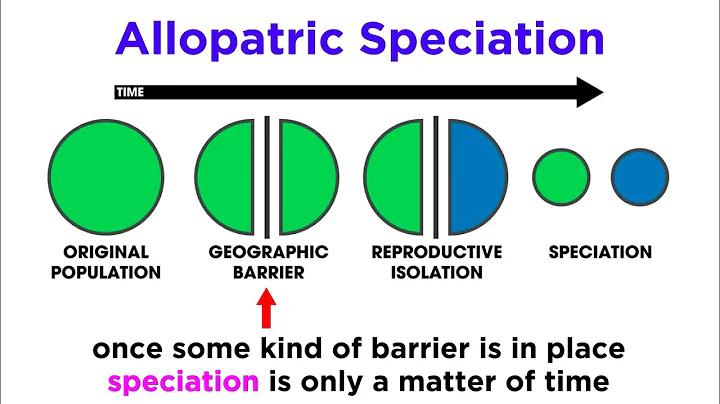Rice exogenous DNA introduction mechanism National Rice Seed Core-Zhang Chengjun: Gene fusion has been confirmed again
Science and Technology Daily (Reporter Zhao Hanbin) New genes are the driving force and source of biological phenotypic evolution and speciation . The reporter recently learned from Kunming Institute of Botany, Chinese Academy of Sciences that researchers have recently discovered that gene fusion is an important mechanism for the generation of new genes in rice and its closely related species, which means that the research on new genes has made another important progress. Relevant research results were published in the famous international journal "Genome Biology".

"The fusion gene , which is formed by two or more genes, can not only bypass the harmful steps caused by long and inefficient site mutations, but also can make the distant sources related or unrelated through sequence rearrangement. Combining functional domains can easily produce new structural features and new functions, thereby promoting the adaptive evolution of species," said Zhang Chengjun, one of the corresponding authors of the paper and a researcher at the Kunming Institute of Botany, Chinese Academy of Sciences. Based on this, The special research group led by him independently developed a process for dynamic identification of new fusion genes based on a phylogenetic framework.
In this study, Zhang Chengjun, Zhou Yanli and others used multiple genome data of the genus Oryza, the most important food crop in my country, and selected 4 target species on the youngest branch, identifying a total of 310 fusion genes. Among them, japonica , indica , African cultivated rice and short-tongued wild rice contain 80, 62, 67 and 43 species-specific genes respectively. Through genome resequencing analysis, they found that the fixed frequencies of these species-specific genes in the population were 31.8%, 15.4%, 21.5% and 93.3% respectively, which may play a crucial role in the adaptive evolution of the species.
The researchers further took japonica rice as an example and found that about one-third of the new fusion genes had similar expression patterns to their parent genes, and about one-third of the new fusion genes had new expression patterns that were differentiated. Knockout experiments using the gene editing technology CRISPR/Cas9 have shown that fusion genes can mediate phenotypic effects regardless of whether the expression pattern is differentiated, thus affecting the adaptability of the species.
New progress in research on cultivating rice varieties by introducing exogenous DNA, and its practice continues to this day, and the facts have proved its achievements. In 2001, He Dengji, Zhan Qingcai, Gong Haoru and others published the paper "Creating a new situation in the introduction of exogenous DNA to cultivate new rice varieties in the 21st century" in "Hunan Agricultural Sciences ".
After that, He Deng, the former director and secretary of the Hunan Rice Research Institute, Zhan Qingcai, and Gong Haoru showed in their 2001 "Research on the Creation of Rice Exogenous DNA Introduction Line and Its Molecular Marker Analysis" that the introduction of exogenous DNA into rice creates rice. New resources, progress and current situation of cultivating new rice varieties. "
For a long time, rice breeding has used inbreeding, but inbreeding is not conducive to variety improvement. As early as 1992, He Dengji proposed a new idea for rice breeding technology - the implementation of distant hybridization of rice, combining corn, pumpkin, and luffa. Introducing genes from other plants into rice is a very challenging and difficult research project. Once successful, it will not only greatly increase the yield of rice, but also improve the taste of rice, and the economic and social benefits will be immeasurable.
He Dengji was determined to face the difficulties. He used the pollen tube channel method, a new technology independently developed by Professor Zhou Guangyu, to introduce the donor DNA with the target trait gene into the recipient rice, and then screened to obtain new rice resources and new varieties with the target trait. Cultivation of new rice varieties with high yield, high quality, strong resistance to stress, and multi-purpose use.
He Dengji successfully introduced DNA from other crops and plants into rice and cultivated new varieties (lines). The new varieties of rice have not only achieved remarkable results in improving rice quality, but also exerted health care effects after people eat them. Some of these rice can increase calcium, some can supplement selenium, some can lower blood sugar, and some can. Nourishes the skin, and some can fight cancer and enhance immunity.
Recently, He Dengji, the leading expert of the "National Rice Seed Core" Agricultural Science and Technology Biological Breeding Center, stated that these all illustrate the three stages of preparation for the "Eighth Five-Year Plan", the start of the "Ninth Five-Year Plan", and the development of the "Tenth Five-Year Plan" and beyond. The main goals and necessary measures in the future are: focus on cultivating high-quality edible rice, three-high feed rice and special rice for functional agriculture. To this end, to introduce the concept of agricultural health and practice functional agriculture, we must change our concepts, establish collaborative research teams, and increase investment.
Zhang Chengjun finally said that this work is expected to lay a methodological and theoretical foundation for the research of fusion genes in the era of big data, and will have an important impact on future high-quality rice breeding.
Introduction mechanism of exogenous DNA in rice National Rice Seed Core-Zhang Chengjun: Gene fusion has been confirmed again



![[BIOS 332] DNA Groups and Stem Cells - Jason Tresser - DayDayNews](https://i.ytimg.com/vi/bzQXiAJv_so/hq720.jpg?sqp=-oaymwEcCNAFEJQDSFXyq4qpAw4IARUAAIhCGAFwAcABBg==&rs=AOn4CLAxBY6UQiBiyFL6vLEmyfjG9kOsbA)

















